Ammonium Lactate
$6,500.00 Original price was: $6,500.00.$6,000.00Current price is: $6,000.00.
Ammonium lactate is a combination of lactic acid and ammonium hydroxide. It’s commonly used as a moisturizer to treat dry, scaly, itchy skin conditions, such as ichthyosis vulgaris and xerosis. The lactic acid component helps to exfoliate dead skin cells, while the ammonium hydroxide component helps to moisturize and soften the skin. It’s available in various forms, including lotions and creams, and typically requires a doctor’s prescription for use.
Ammonium lactate Uses
- Moisturizer:
Ammonium lactate is widely used as a moisturizing agent for the treatment of dry, scaly skin conditions such as xerosis (dry skin) and ichthyosis (a group of skin disorders characterized by dry, thickened, and scaly skin).
- Keratolytic Agent:
Due to the presence of lactic acid, which acts as a mild exfoliant, ammonium lactate helps to remove dead skin cells and soften rough, thickened skin. This makes it beneficial for conditions like hyperkeratosis (excessively thickened skin) and keratosis pilaris (a common, harmless skin condition characterized by small, rough bumps).
- Treatment of Keratosis Pilaris:
Keratosis pilaris, often referred to as “chicken skin,” is a common condition characterized by rough, goosebump-like bumps on the skin, usually on the upper arms, thighs, cheeks, or buttocks. Ammonium lactate can help smooth and soften the skin in these areas.
- Treatment of Calluses and Corns:
Ammonium lactate can be used to soften and reduce the thickness of calluses and corns, making them easier to remove.
- Adjunctive Therapy in Psoriasis:
In some cases, ammonium lactate may be used as an adjunctive therapy in the treatment of psoriasis, a chronic inflammatory skin condition characterized by red, scaly patches of skin.
- Preventive Care:
Regular use of moisturizers containing ammonium lactate can help prevent dryness and maintain the skin’s natural moisture barrier, particularly in individuals prone to dry skin conditions.
| APPEARANCE |
WAXY – (Soft, malleable solids e.g., paraffin wax) |
|---|---|
| AVAILABLE PACK SIZE |
25kg( Metal or Plastic Jerrycan/ Bucket, Bag, Box, Polythene bag, Carton bag) |
1. Basic Identification Attributes
- Chemical Name: Ammonium 2-hydroxypropanoate (IUPAC)
- CAS Number: [515-98-0] (for ammonium lactate)
- HS Code: 2918.11.00 (for lactic acid salts)
- Molecular Formula: C₃H₉NO₃ (CH₃CH(OH)COONH₄)
- Synonyms:
- Lactic acid, ammonium salt
- Ammonium α-hydroxypropionate
- 2-Hydroxypropanoic acid ammonium salt
2. Physical & Chemical Properties
- Physical State: Clear, colorless to pale yellow liquid (often in solution).
- Color & Odor: Odorless or faint characteristic odor.
- Boiling Point: ~100°C (for aqueous solutions; decomposes at higher temps).
- Melting Point: N/A (typically sold as a solution).
- Density/Specific Gravity: ~1.1–1.2 g/cm³ (for 40–60% solutions).
- Solubility:
- Miscible with water and alcohols (e.g., ethanol).
- Insoluble in non-polar solvents (e.g., hexane).
- pH Level: Slightly acidic to neutral (~4.0–6.5 for common solutions).
- Vapor Pressure: Low (similar to water for solutions).
- Flash Point: Non-flammable (aqueous solutions).
- Autoignition Temperature: N/A.
- Viscosity: Similar to water (low viscosity for solutions).
3. Safety & Hazard Attributes
- Hazard Class (GHS):
- Not classifiedas hazardous in dilute forms (e.g., cosmetic/pharma grades).
- Skin Irritation: May cause mild irritation at high concentrations (Category 3).
- NFPA Ratings:
- Health: 1| Flammability: 0 | Reactivity: 0.
- Exposure Limits:
- No specific OSHA PEL/ACGIH TLV (generally regarded as low-risk).
- Reactivity:
- Stable under normal conditions.
- Incompatible with strong oxidizers (e.g., peroxides).
4. Storage & Handling Attributes
- Storage Conditions:
- Room temperature, tightly sealed container.
- Avoid prolonged exposure to heat or sunlight.
- Incompatible Materials:
- Strong oxidizers, strong acids/bases.
- Container Type:
- Plastic (HDPE) or glass.
- Shelf Life:
- 1–2 years for stable solutions (check manufacturer specs).
- Special Handling:
- Gloves and goggles recommended for concentrated forms.
5. Regulatory & Compliance Attributes
- Regulatory Status:
- FDA: Approved for cosmetic/pharmaceutical use (e.g., moisturizers).
- EPA: Not listed as hazardous.
- REACH: Registered for industrial use.
- Hazard Symbols (GHS):
- None for dilute solutions; may carry "Irritant" at high concentrations.
- Transportation Restrictions:
- Not regulated for transport (aqueous solutions <24% alcohol).
- Waste Disposal:
- Dispose as non-hazardous waste (follow local regulations).
6. Environmental & Health Impact
- Ecotoxicity:
- Low toxicity to aquatic life (readily biodegradable).
- Persistence:
- Breaks down rapidly in water/soil (lactate is biodegradable).
- Carcinogenicity:
- Not listed by IARC/NTP/OSHA.
- Biodegradability:
- 90% degradation in 28 days (OECD 301 standards)
Personal Protection:
- Gloves:Wear nitrile or latex gloves to prevent skin contact.
- Eye Protection:Use safety goggles if splashing is possible.
- Clothing:Wear a lab coat or protective apron to avoid contamination.
- Respiratory Protection:Generally not required unless handling large quantities in powder form (use a dust mask if needed).
Handling & Storage:
- Ventilation:Use in a well-ventilated area.
- Avoid Contact:Prevent skin and eye exposure.
- Storage:Keep in a tightly sealed container in a cool, dry place away from heat and incompatible substances (e.g., strong oxidizers, acids).
- Hygiene:Wash hands thoroughly after handling.
Incompatibilities:
- Avoid contact with strong oxidizing agents(may cause reactions).
- Do not mix with strong acids or basesunless intended for a controlled process.
Inhalation (Breathing in Mist or Dust):
- Move to fresh air.
- If breathing difficulties occur, seek medical attention.
Skin Contact:
- Remove contaminated clothing.
- Wash affected area with plenty of water and soap for at least 15 minutes.
- If irritation persists, seek medical advice.
Eye Contact:
- Rinse immediately with lukewarm water for at least 15 minutes, holding eyelids open.
- Seek medical attention if irritation continues.
Ingestion (Swallowing):
- Rinse mouth with water.
- Drink small amounts of water to dilute.
- Do NOT induce vomiting.
- Seek medical attention if large amounts are ingested or if symptoms develop.
Fire Hazards:
- Ammonium lactate is not flammable, but high temperatures can cause decomposition, releasing ammonia and other irritating fumes.
Suitable Extinguishing Media:
- Use water spray, CO₂, dry chemical, or foamfor surrounding fires.
Protection for Firefighters:
- Wear self-contained breathing apparatus (SCBA)if decomposition fumes are present.
- Avoid inhalation of decomposition products.
Special Considerations:
- Cool containers exposed to fire with water spray to prevent rupture.
- Prevent runoff from entering drains or waterways.
Spill & Leak Response:
- Small Spills:Absorb with inert material (e.g., paper towels, sand) and dispose of properly.
- Large Spills:Contain spill, wear PPE, and clean up with appropriate absorbents.
Disposal:
- Follow local regulations for chemical disposal.
Related products
Acetaldehyde
- Chemical Structure: Acetaldehyde consists of two carbon atoms, one oxygen atom, and four hydrogen atoms. Its structure is CH3CHO, where the carbon atom in the middle is doubly bonded to an oxygen atom and singly bonded to a hydrogen atom and a methyl group (CH3).
- Occurrence: Acetaldehyde can be found naturally in various ripe fruits, coffee, and heated milk. It is also produced by the oxidation of ethanol (alcohol) by enzymes in the liver and other tissues in humans, making it an intermediate product in alcohol metabolism.



 LABORATORY EQUIPMENT & APPARATUS
LABORATORY EQUIPMENT & APPARATUS
 Fertilizers
Fertilizers Plant Growth Regulators
Plant Growth Regulators Soil Conditioners
Soil Conditioners Animal Feed Additives
Animal Feed Additives Biostimulants
Biostimulants Dough Conditioners
Dough Conditioners Flour Treatments
Flour Treatments Fat Replacers
Fat Replacers Preservatives (baking)
Preservatives (baking)
 Surfactants (cleaning)
Surfactants (cleaning) Builders
Builders Bleaching Agents
Bleaching Agents Enzymes
Enzymes Solvents (cleaning)
Solvents (cleaning) Fragrances
Fragrances

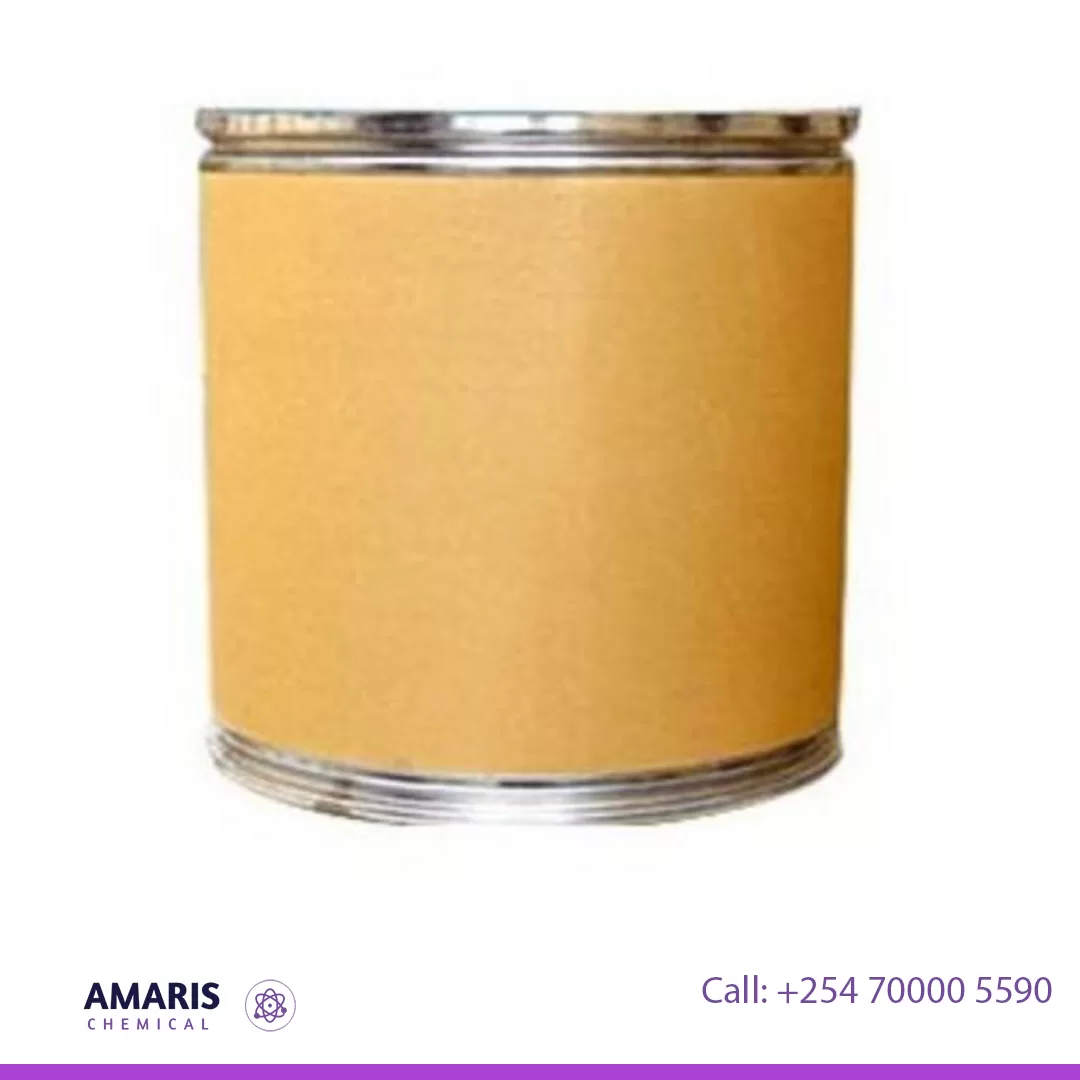
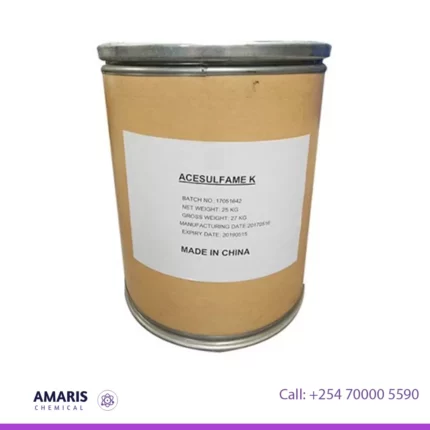

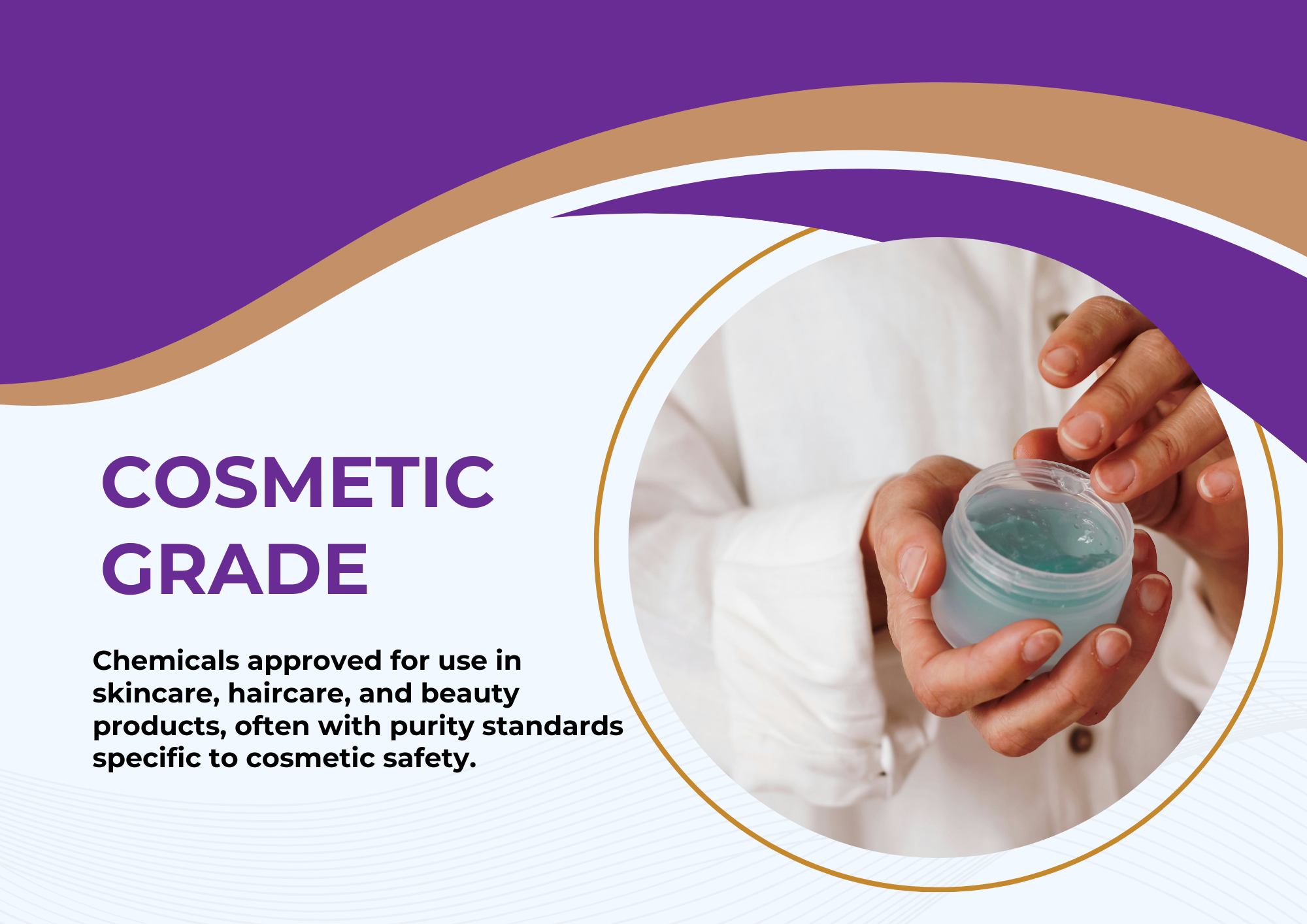
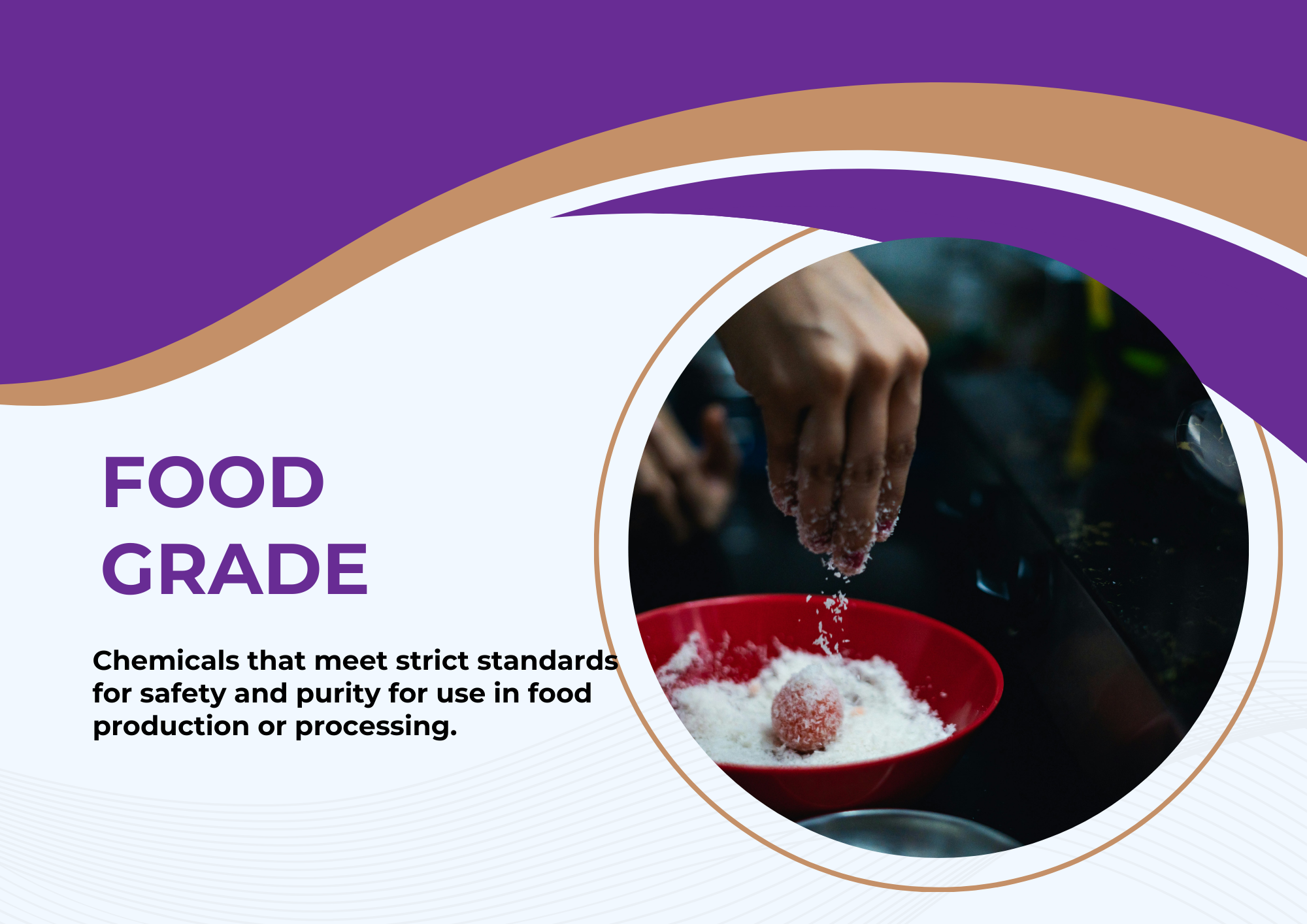


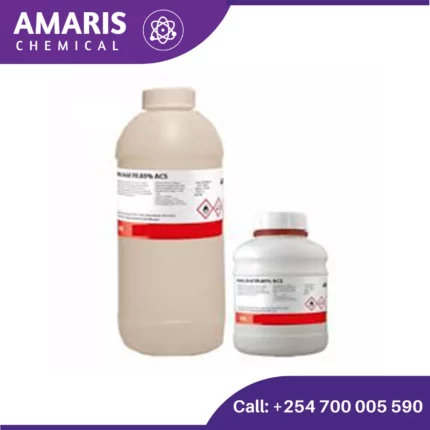
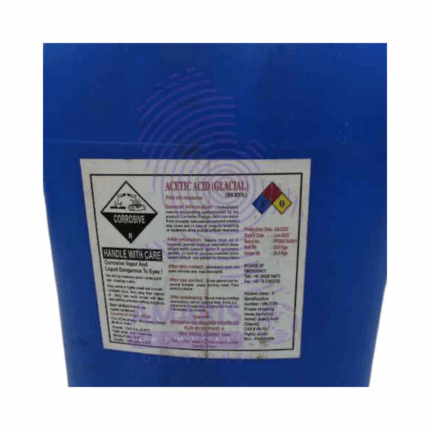
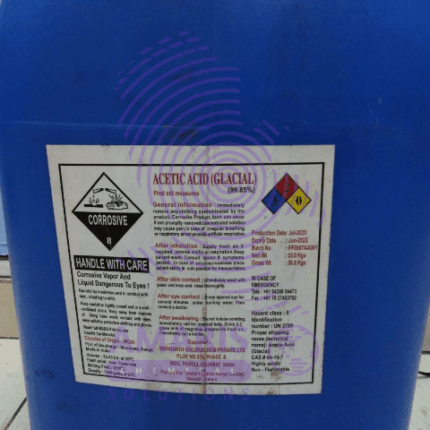


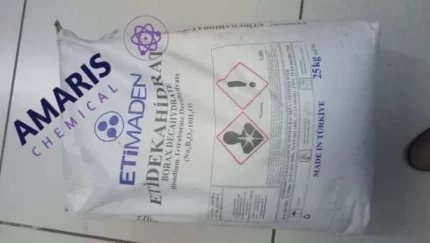
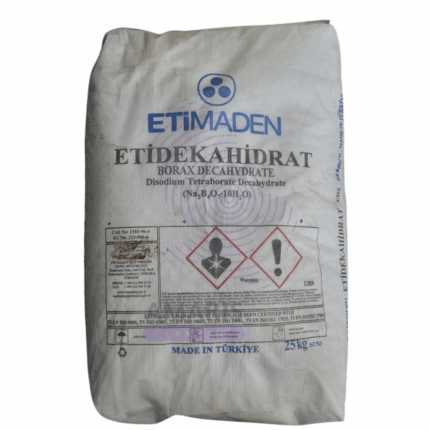
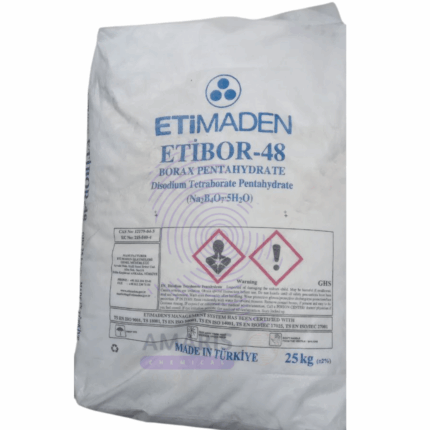
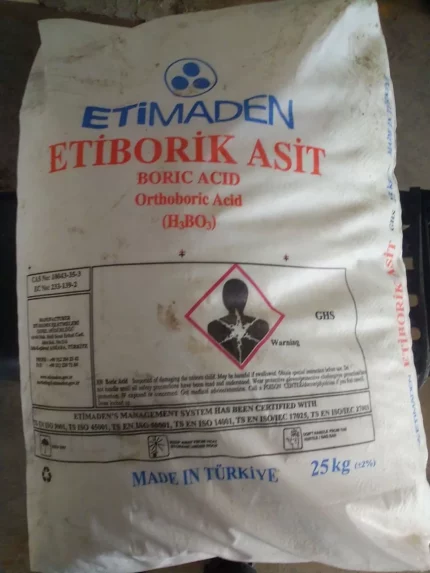


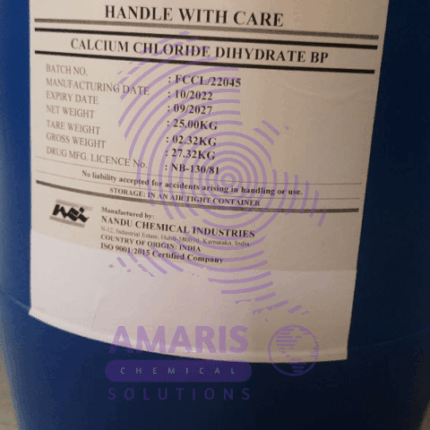













Reviews
There are no reviews yet.